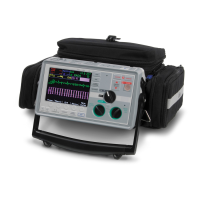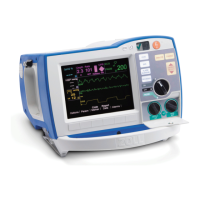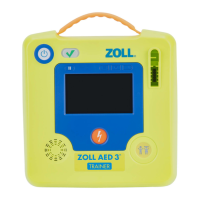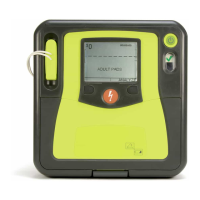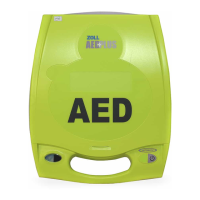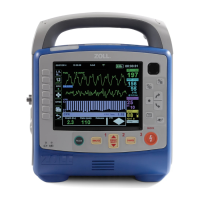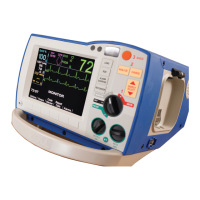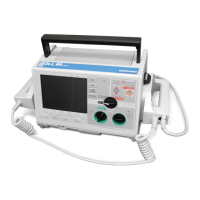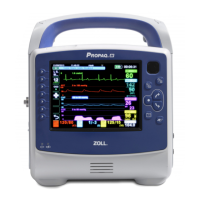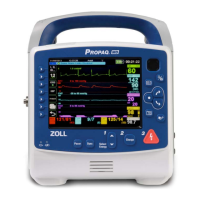What causes flash or arcing under defibrillator pad on ZOLL E Series Medical Equipment and how to prevent it?
- PPaula FlemingAug 13, 2025
To prevent flash or arcing under the defibrillator pad, avoid using alcohol and betadine around the treatment area, as these can increase conductivity. Check for gel droop and replace the electrode if gel has leaked. Ensure pads are properly coupled to the patient’s skin and connected to the universal cable. Also, check for dried out gel on the pad and replace if expired. Clip excessive hair; do not shave. Avoid chest compressions through the pads to prevent damage. Apply the back electrode first to prevent the front electrode from lifting. Ensure that wet gel pads are stored flat.
